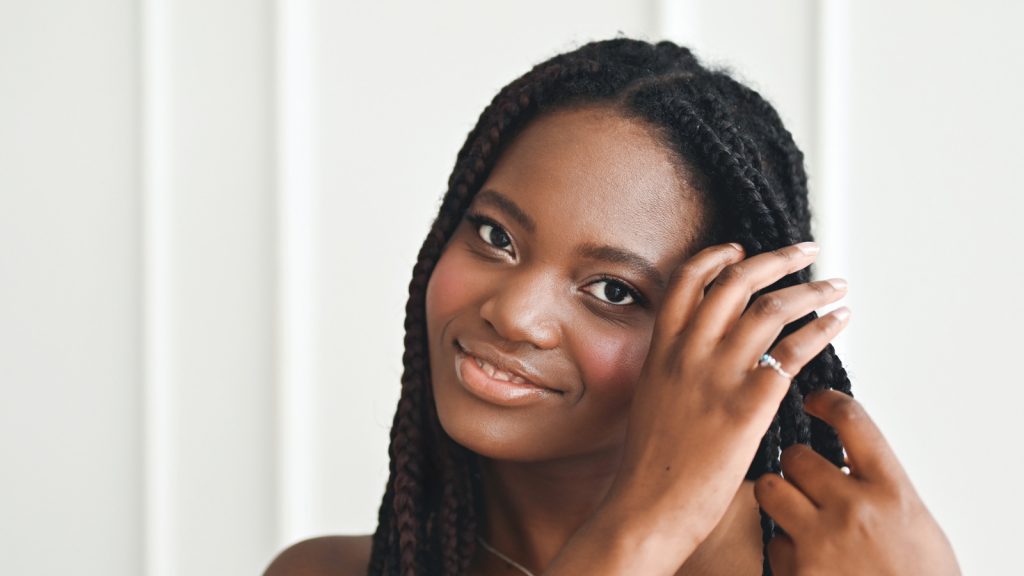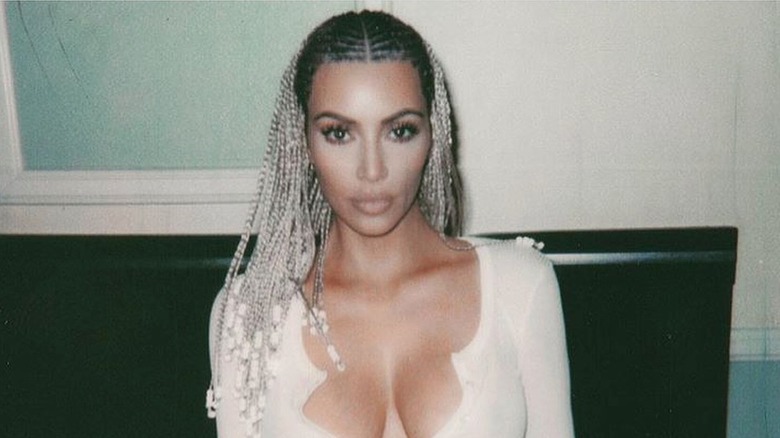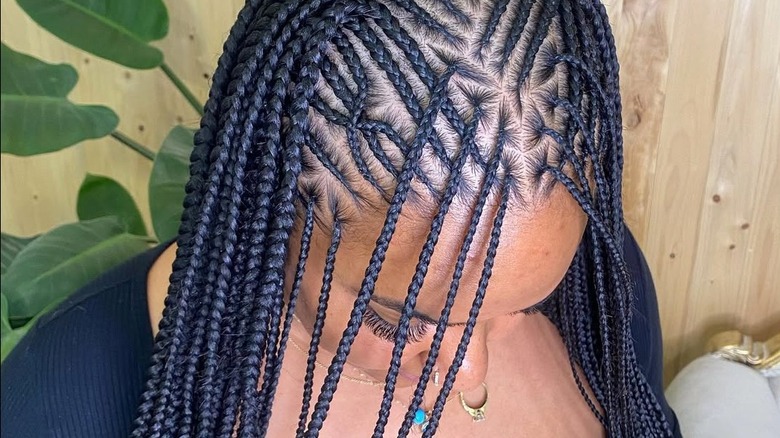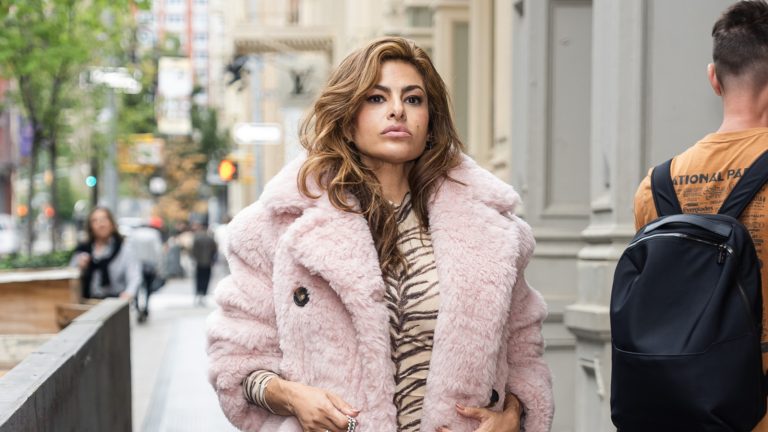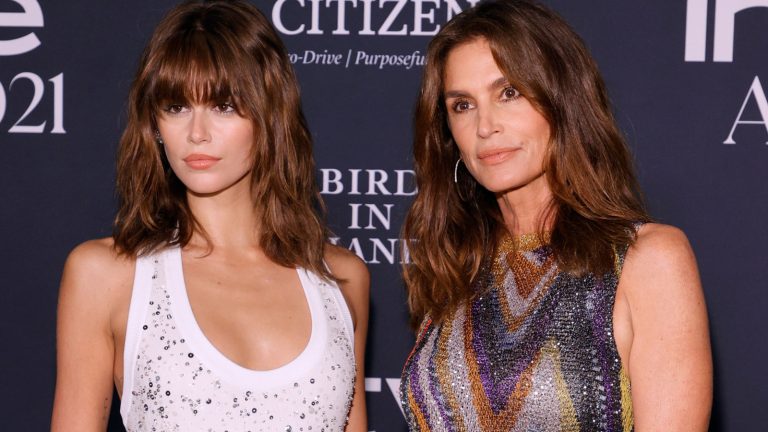Book Appointment Now
A form of resistance
Cultural appropriation can appear to be a loaded term as it has been used very loosely on social media. To some, “it’s just hair,” but as a Black woman, hair has unfortunately been political in western society, which made loving their hair a revolutionary act. Prior to enslavement, Black hair was a form of expression and a huge part of the various cultures throughout the continent. The trans-Atlantic slave trade interrupted this rich history, displacing and mixing Africans from different cultures with Western society telling them to hide their culture, which included hair.
Enslaved Black women were forced to cover their hair with scarves and it was during enslavement that braids were used as maps for the underground railroad and to hide extra food like rice. Laws were even passed that prevented Black people from wearing their hair the way it grew from their scalps and Black people were forced to assimilate to Western culture by straightening or “relaxing” their curls with chemicals to “get along” in Western society. It wasn’t until the Black Power Movement of the 1960s that Black women began publicly embracing their natural hair as a form of resistance.
From afros to braids, Black people were rocking their natural tresses just as their ancestors did in Africa. Late actress Cicely Tyson was well known for her photos sporting Fulani braids and in 1962, she became the first person to wear braids on television when she wore cornrows on the CBS series “Eastside, Westside.”
Cultural appropriation
Over the years, many hairstyles that have already been popular in the Black community have hit the mainstream, renamed and erased of its African roots; Fulani braids are no exception. When Bo Derek, a white actress, wore the braids in the 1979 film “10,” the braids have since been dubbed “Bo Derek braids” by mainstream media.
Kim Kardashian, who is no stranger to claims of cultural appropriation, sported the braids in 2018 and called herself “Bo West,” attributing the style to Derek, which caused a lot of controversy. The Kardashians had even renamed cornrows as “boxer braids.” And Jon Reyman, an LA salon owner, infamously told the LA Times in 2014 that white celebrities like Kristen Stewart, Rita Ora, as well as runway models, rocking cornrows meant the style was, “moving away from urban, hip-hop to more chic and edgy.”
Samantha Callender wrote in ESSENCE in 2018 that “every time someone chooses to ignore to the history behind a style it’s a slap in the face to Black women who endured years of being called ‘ghetto’ or ‘unprofessional’ for rocking the same exact style.” The CROWN Act, a law that bans discrimination against race-based hairstyles like braids, locs, twist, was created because many people had been fired, denied jobs, suspended, or expelled from school for wearing natural hairstyles. According to CROWN’s 2023 workplace study, Black women’s hair is 2.5 times more likely to be seen as “unprofessional.” So, far the CROWN Act has passed in 27 states.
How to wear the style
There is still a long way to go to ensure Black women and men can wear cultural hairstyles without being discriminated against, but that does not stop them from rocking their braids loud and proud (after the interview of course). So for people that want to rock the style, the braids can be worn in a variety of ways. Braiders really do their thing when it comes to creating unique patterns with cornrows in the front and then plated into box braids in the back. The box braids can be worn straight down or braided into different styles as well as various lengths.
The amount of time it takes to complete the style, but Real Simple said it could take about four to six hours and can last three to six weeks, which makes it the perfect protective style! To make sure you get the most out of your new trendy style, make sure you tie your hair down at night with a satin or silk scarf, along with a bonnet. To keep your parts clean and your scalp healthy, keep your scalp moisturized. Real Simple also noted to be weary of allergic reactions to added hair, which can cause excessive itching, burning and redness. If that happens, you should have the braids removed right away.

